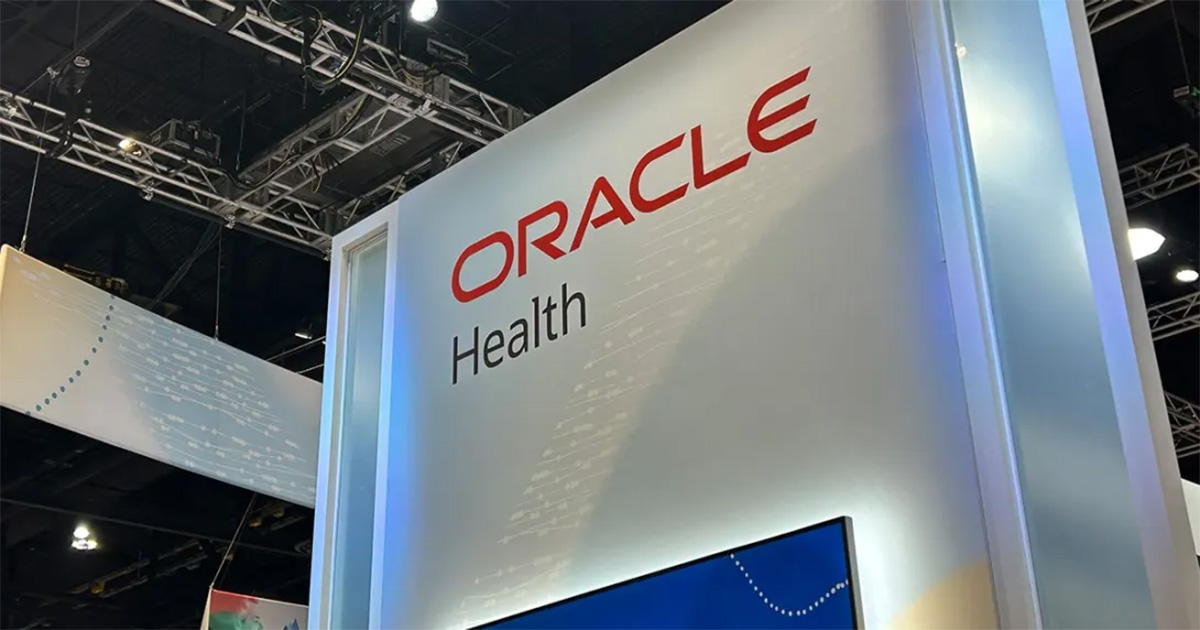Surescripts will adopt a new version of a technical standard that's recommended by federal regulators as part of a $19 billion incentive program to encourage greater use of electronic health records.
The standard – referred to by industry participants as "NCPDP SCRIPT 10.6" – allows physicians using electronic health record software to electronically access prescription information from pharmacies and health plans while also making use of electronic prescriptions.
"Surescripts and the nation's e-prescribing leaders support the federal government's efforts to define and drive meaningful use of electronic health records," said Harry Totonis, president and CEO of Alexandria, Va.-based Surescripts. "E-prescriptions are a clear example of how EHRs can provide meaningful improvements in cost, quality and safety. We are collaborating with the nation's software vendors, pharmacies, pharmacy benefit managers and health plans to support the new version of the standard and ensure its rapid implementation."
Assuming the Centers for Medicare and Medicaid Services adopts the National Council for Prescription Drug Programs (NCPDP) SCRIPT 10.6 as a standard under the MMA, pharmacies, pharmacy benefit managers and health plans, along with makers of electronic health record software, can on May 1, 2010, begin certifying and deploying their systems to support the Surescripts implementation of the NCPDP SCRIPT 10.6 standard.
The standard will allow physicians and other prescribers using software certified by Surescripts to continue a secure, electronic link to the Surescripts network and thousands of retail pharmacies, pharmacy benefit managers and health plans nationwide. With patient consent, this link will allow physicians and other prescribers to continue to access their patients' prescription histories. Prescribers using the standard can also use the Surescripts network to send e-prescriptions to any of 51,000 retail pharmacies (representing 84 percent of all retail pharmacies in the United States) and six of the largest mail-order pharmacies.
Last June, the Health IT Policy Committee – an advisory arm of the Office of the National Coordinator for Health Information Technology – proposed that the capabilities enabled by the NCPDP SCRIPT 10.6 implementation be included in a larger set of capabilities aimed at defining "meaningful use" of an electronic health record.
Beginning in 2011, the federal government will make incentives available to physicians caring for both Medicare and Medicaid patients based on this definition. The incentives fall under the HITECH provisions of the American Recovery and Reinvestment Act.
Last July, the National Committee on Vital and Health Statistics recommended that the federal government support the NCPDP SCRIPT 10.6 standard within the Medicare Part D e-prescribing initiative.
"Surescripts and the industry will be ready to support the final ruling from CMS," said Totonis. "The nation's e-prescription network and industry leaders nationwide will ensure a smooth and successful migration from the old version of the standard to the new."


